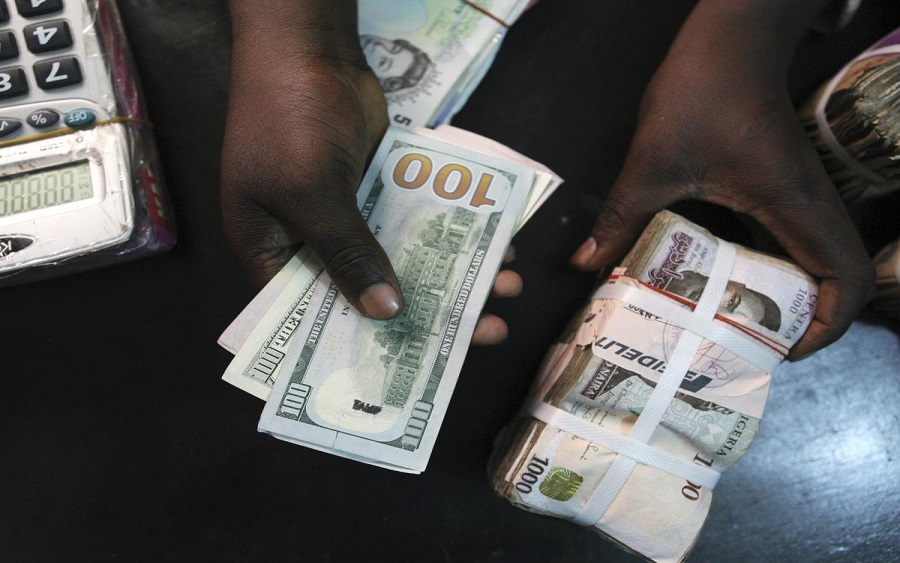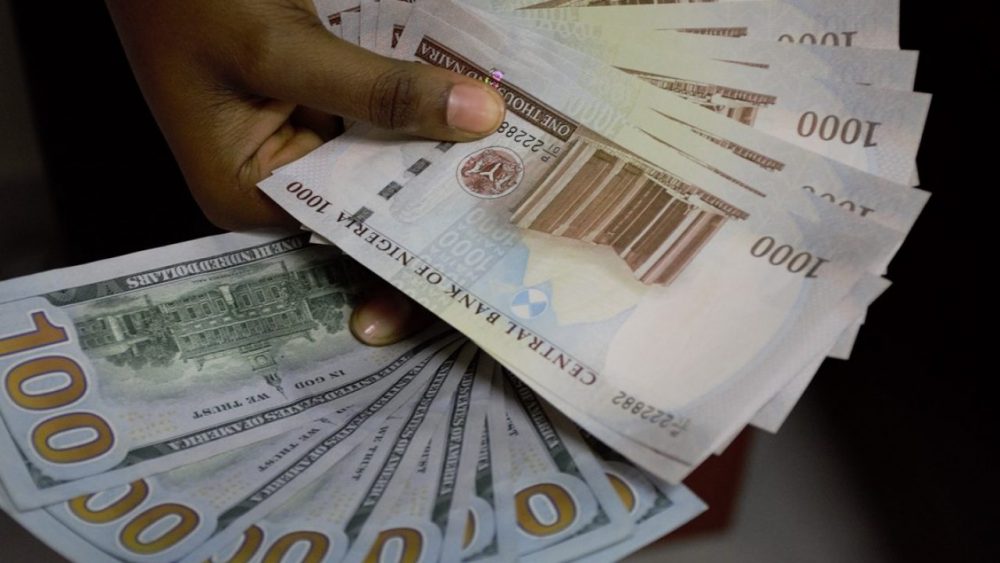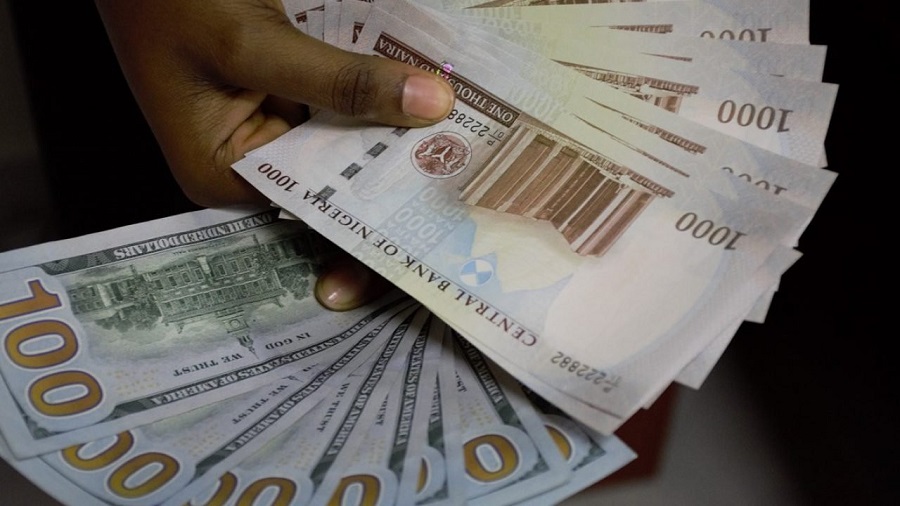BudgIT, a civic tech non-profit organisation, has revealed that 28 Nigerian states depended on allocations from Federation Account Allocation Committee (FAAC) for at least 55 percent of their total revenue in 2024.
Gatekeepers News reports that although the specific states were not listed, the organisation noted a slight improvement compared to 2023, when 32 states relied on FAAC for the same revenue threshold.
According to BudgIT’s 2025 State of States report released on Tuesday, the heavy dependence on federal allocations persists despite a 110.74 percent rise in total FAAC disbursements — from ₦5.4 trillion in 2023 to ₦11.38 trillion in 2024.
The report observed that Internally Generated Revenue (IGR) performance remains inconsistent across states. Lagos recorded the highest 10-year average of ₦541.35 billion, followed by Ogun with ₦92.76 billion, Delta with ₦74.45 billion, and Kaduna with ₦44.82 billion. In contrast, Adamawa (₦9.92 billion), Gombe (₦9.54 billion), Taraba (₦7.83 billion), Kebbi (₦7.48 billion), and Yobe (₦6.67 billion) had the lowest averages.
In terms of year-on-year growth, Enugu led with 381.44 percent, followed by Bayelsa (173.69%), Abia (129.37%), Osun (98.37%), and Kano (85.90%). The report highlighted that, unlike in 2023 when seven states recorded negative IGR growth, only two states experienced declines in 2024 — a sign of overall improvement.
However, BudgIT pointed out that the share of IGR within total recurrent revenue dropped slightly from 25.27 percent in 2023 to 20.27 percent in 2024, reflecting sustained dependence on FAAC allocations.
The organisation reported that Abia State allocated the largest share of its budget to capital projects, dedicating 77.05 percent of total expenditure to infrastructure and development. BudgIT noted that Abia’s top ranking was partly due to the exclusion of Rivers State from the analysis as a result of incomplete data.
Anambra, Enugu, Ebonyi, and Taraba followed closely, each committing over 70 percent of their budgets to capital spending. Meanwhile, Bauchi, Ekiti, Delta, Benue, Oyo, and Ogun were among states that spent more than 60 percent of their budgets on personnel and overhead costs, underscoring the imbalance in expenditure priorities across the federation.
BudgIT’s analysis showed that total recurrent revenue for the 35 subnational governments rose sharply from ₦6.6 trillion in 2022 to ₦8.66 trillion in 2023, and further to ₦14.4 trillion in 2024 — a 66.28 percent increase, compared to a 28.95 percent rise between 2022 and 2023.
Lagos retained the highest share of total recurrent revenue at 13.42 percent (₦1.93 trillion), slightly down from 14.32 percent in 2023.
FAAC transfers also grew significantly over the decade. Oyo (785.79%), Delta (708.36%), Niger (683.61%), Ekiti (680.22%), Gombe (643.23%), and Anambra (640.98%) recorded over 600 percent growth between 2015 and 2024. On the lower end, Adamawa (230.98%), Imo (225.25%), Ogun (223.87%), Ebonyi (205.31%), Kogi (186.32%), and Kebbi (178.03%) recorded less than 300 percent growth in the same period.
BudgIT also announced that Anambra ranked first in the 2025 fiscal performance index, moving up from second position the previous year.








